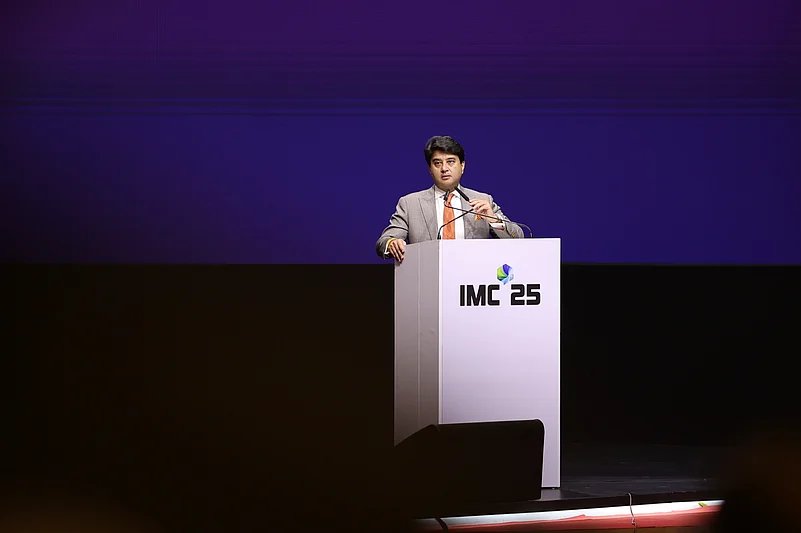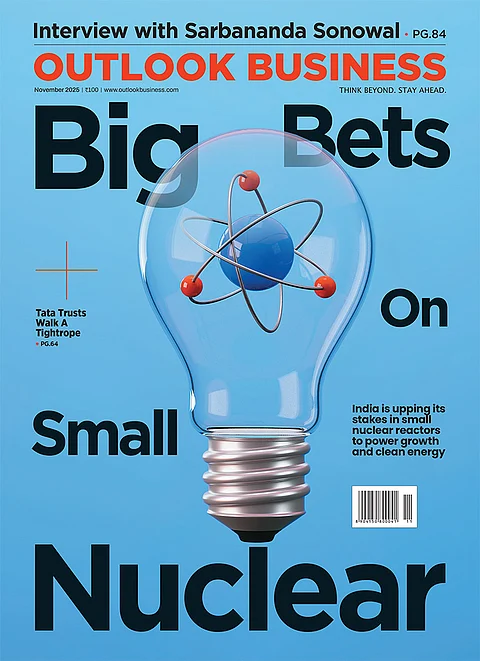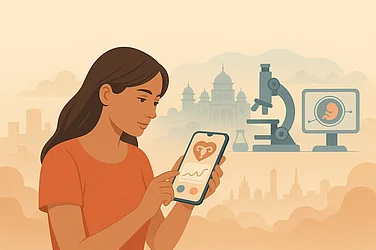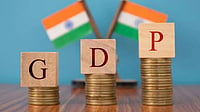
India aims to lead 6G globally, targeting 10% of all 6G patents and an influential role in international standards like WRC-27.
Telecom Minister Jyotiraditya Scindia highlighted the Telecom Act 2023 and spectrum policies, supporting terahertz bands, captive networks, spectrum slicing, and enterprise solutions.
Infrastructure readiness: Over 35% of 8.34 lakh telecom towers are fiberized, providing a strong backbone for next-generation networks.
As India prepares for 6G connectivity, Telecom Minister Jyotiraditya Scindia said on Wednesday at IMC 2025 (India Mobile Congress) that the country is keeping pace with global innovation, contributing one in every ten patents in 6G technology.
“Our targets are ambitious yet tangible; contributing 10% of global 6G patents and playing a defining role in international standard-setting forums such as WRC-27. I have said this before, and I will say it again: we were behind the world in 4G, we walked with the world on 5G, but India shall lead the world on 6G,” he said.
Referring to the Telecom Act of 2023, he said India has put in place a future-ready policy and spectrum framework, ensuring timely allocation of even terahertz bands while supporting captive networks, spectrum slicing, and enterprise solutions.
'With over 35% of our 8.34 lakh telecom towers now fiberized, we are building a robust backbone to support Next Generation Networks (NGN),' he added.
Telecom Minister also highlighted in his address that under the Production Linked Incentive (PLI) scheme, telecom manufacturing has surged, generating ₹91,000 crore in new production, ₹17,180 crore in exports, creating 29,000 new jobs, and surpassing ₹1.5 lakh crore ($18 billion) in exports of mobile and telecom equipment in FY25.
Underlining the significance of 6G, Scindia mentioned that 6G is not merely about speed; it is a transformative revolution that will impact every facet of life and industry.
“In agriculture, AI-driven soil mapping and predictive analytics will enhance productivity. In healthcare, telesurgery and real-time diagnostics will reach the most remote corners. Smart cities will benefit from energy-neutral sensor grids and dynamic digital twins. Disaster management will see life-saving drone-based relay networks,” he added.
According to him, By 2035, these 6G-enabled transformations are projected to add ₹1.2 trillion to India’s GDP, creating prosperity and opportunities for all.
To accelerate this wave of innovation, Scindia highlighted that India possesses a vast talent pool capable of driving the 6G journey forward.
“India’s greatest strength lies in its people: with 31% of global STEM graduates, a thriving startup ecosystem, and partnerships with IITs, IISc, and 5G/6G labs, the nation is shaping the next generation of 6G innovators. Hackathons, global challenges, and industry-academia testbeds are preparing India not just to be future-ready, but to define the future,” he noted.
Scindia was speaking at the 6G Symposium at IMC 2025, a global platform that brings together industry leaders, startups, investors, and partners to foster collaboration. The event showcases India’s strengths in telecom, electronics, and digital inclusion, while preparing the country to lead in 5G, 6G, AI, satcom, quantum technologies, electronics manufacturing, and cybersecurity building an inclusive, self-reliant, and globally prominent Bharat.


























